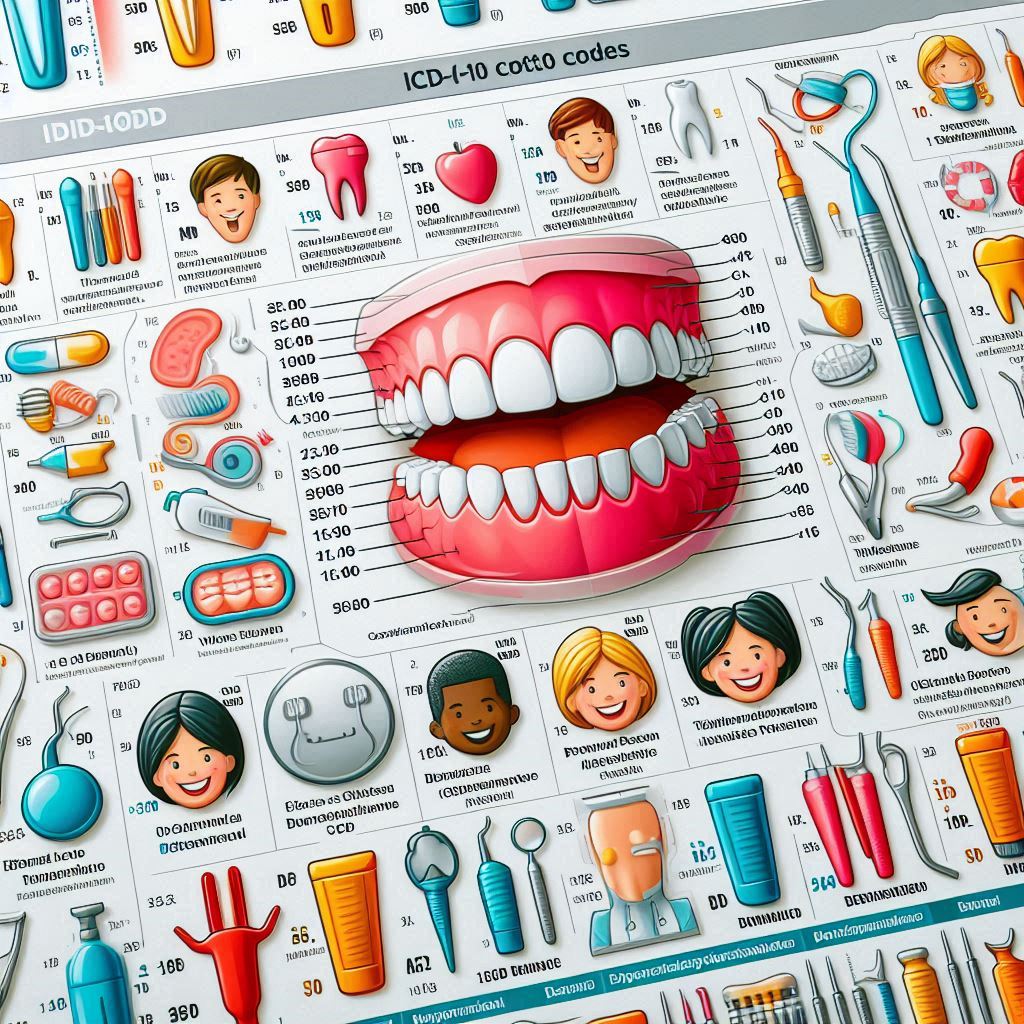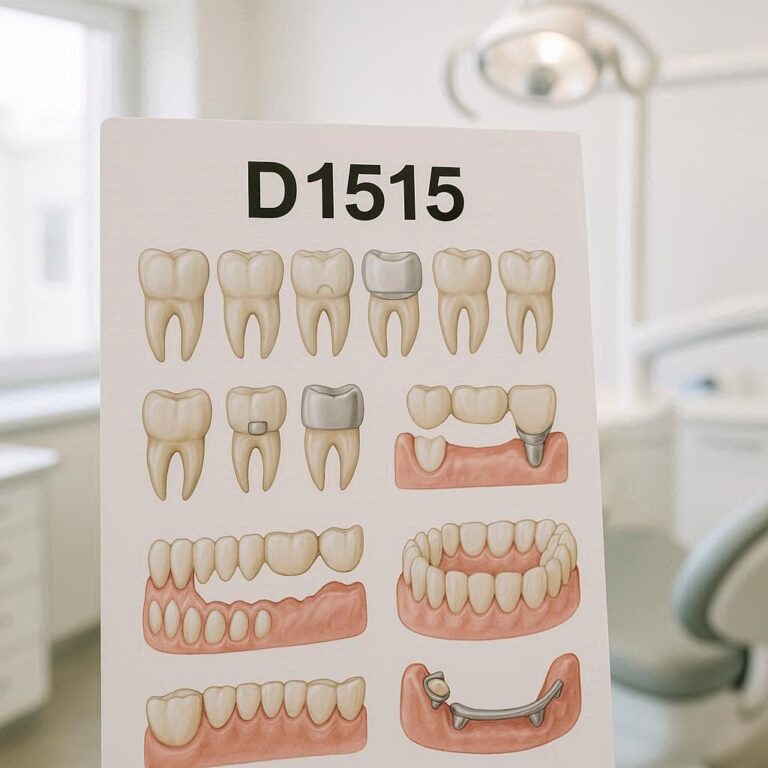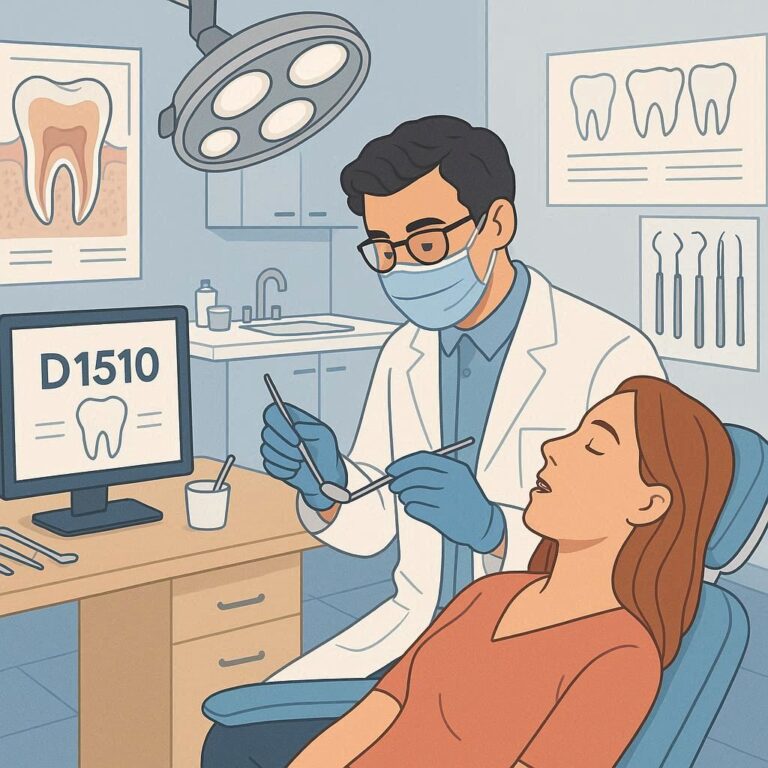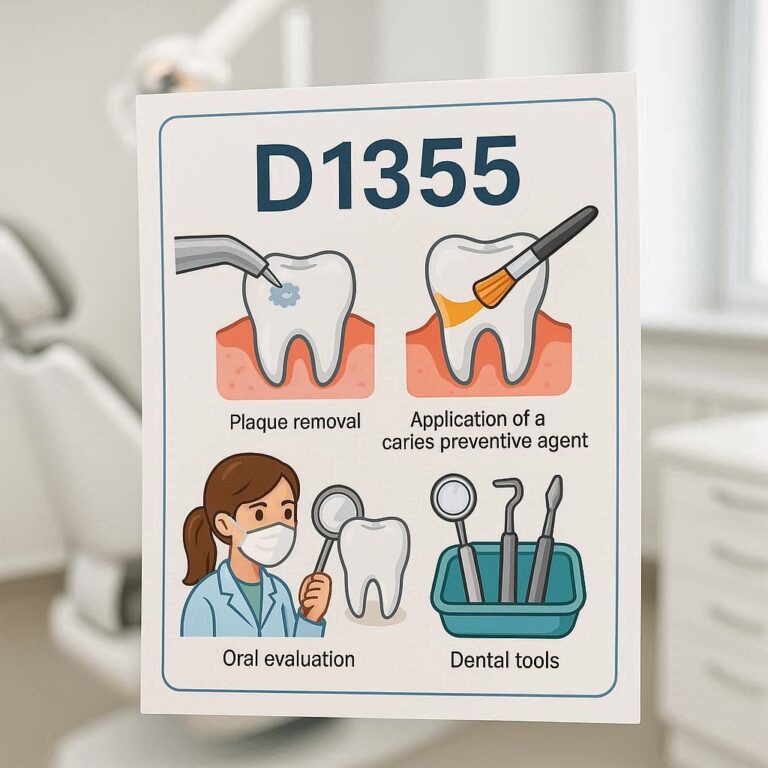ICD-10 Codes for Dental Procedures: A Comprehensive Guide
Dental procedures require precise documentation for insurance claims, medical records, and regulatory compliance. The International Classification of Diseases, 10th Revision (ICD-10) provides standardized codes for diagnosing and reporting dental conditions. Whether you’re a dentist, billing specialist, or healthcare administrator, understanding ICD-10 codes for dental procedures ensures accurate reimbursement and efficient practice management.
This guide explores the most relevant ICD-10 Codes for Dental Procedures, their applications, billing best practices, and future trends in dental coding.

2. Understanding ICD-10 Codes in Dentistry
What Are ICD-10 Codes?
ICD-10 codes are alphanumeric designations used globally to classify diseases, symptoms, and medical procedures. In dentistry, they help in:
- Diagnosing oral conditions
- Substantiating medical necessity for treatments
- Streamlining insurance claims
Importance of ICD-10 Codes in Dental Practices
- Insurance Reimbursement: Ensures claims are processed without delays.
- Regulatory Compliance: Meets HIPAA and CMS requirements.
- Data Tracking: Helps in epidemiological research and treatment trends.
3. Common ICD-10 Codes for Dental Procedures
Diagnostic Codes
| ICD-10 Code | Description |
|---|---|
| Z01.20 | Dental examination (routine) |
| K00.9 | Disorder of tooth development, unspecified |
| K12.2 | Cellulitis and abscess of mouth |
Restorative Procedures
- K02.9 – Dental caries, unspecified
- K08.3 – Retained dental root
Surgical Extractions
- K08.1 – Loss of teeth due to trauma
- K08.2 – Atrophy of the alveolar ridge
Periodontal Diseases
- K05.00 – Acute gingivitis, plaque-induced
- K06.1 – Gingival recession
Orthodontic Treatments
- Z46.3 – Encounter for orthodontic aftercare
- M26.9 – Dentofacial anomaly, unspecified
4. How to Use ICD-10 Codes in Dental Billing
- Link ICD-10 with CDT Codes (e.g., D1110 for prophylaxis with K05.10 for chronic gingivitis).
- Avoid Claim Denials by ensuring codes match the diagnosis.
5. Challenges in Dental ICD-10 Coding
- Common Errors:
- Using outdated codes
- Incorrect specificity (e.g., “unspecified” codes when detailed ones exist)
- Annual Updates: CMS revises codes yearly—stay updated.
6. ICD-10 vs. CPT/CDT Codes: Key Differences
| Feature | ICD-10 Codes | CDT Codes |
|---|---|---|
| Purpose | Diagnoses | Procedures |
| Usage | Medical necessity | Billing for services |
7. Case Studies
- Case 1: A patient with K04.1 (Necrosis of the pulp) requires D3220 (Pulpal therapy). Proper coding ensures claim approval.
8. Future of Dental Coding: ICD-11
- ICD-11 introduces more granular codes for oral diseases (expected 2025).
9. Conclusion
ICD-10 coding in dentistry ensures accurate diagnosis, billing efficiency, and compliance. Staying updated with coding changes minimizes claim denials. As ICD-11 approaches, dental professionals must adapt to new classifications.
10. FAQs
Q1: What is the ICD-10 code for a routine dental check-up?
A: Z01.20 (Encounter for dental examination).
Q2: Can I use unspecified ICD-10 codes?
A: Only if no specific code applies—insurers may deny claims for overuse.
Q3: How often are ICD-10 codes updated?
A: Annually (check CMS and WHO updates).


